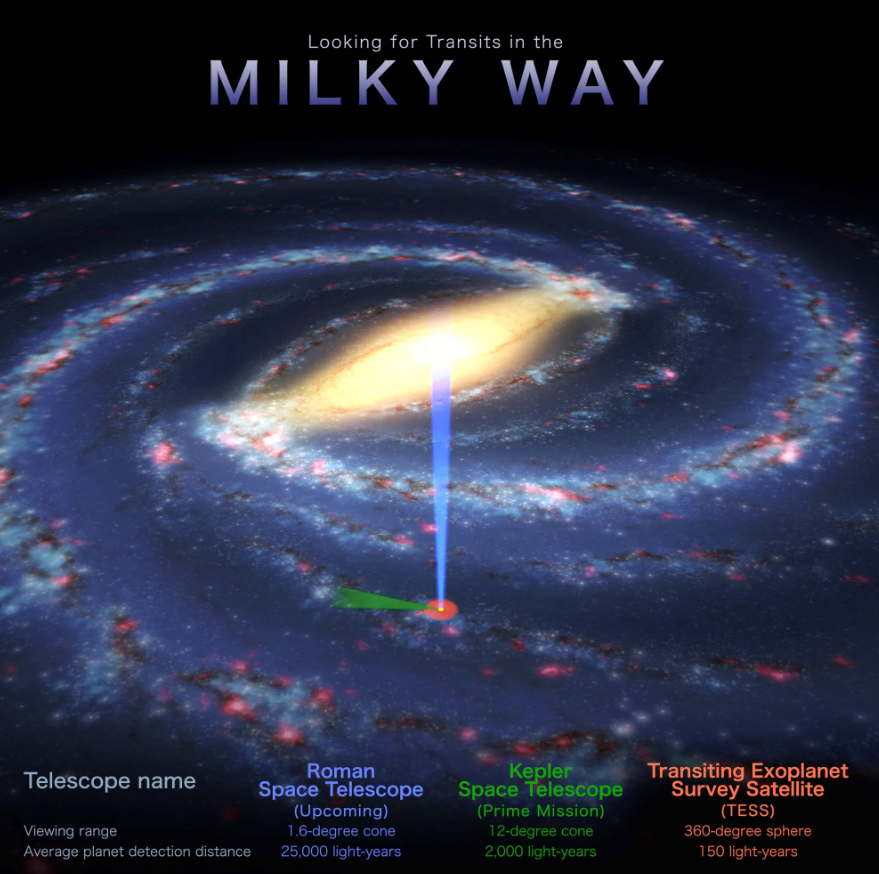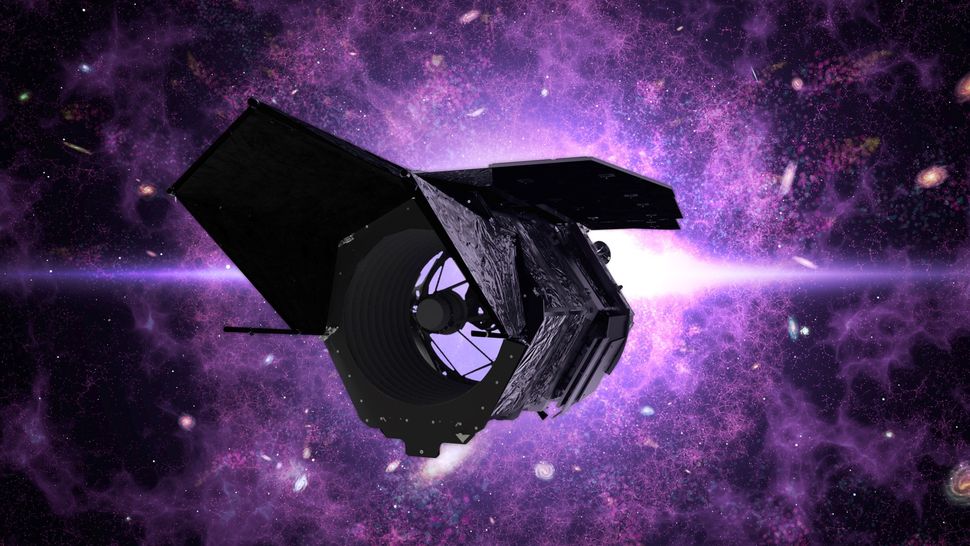Exciting new findings reveal a tightly packed triple star system that could transform our understanding of stellar evolution.
TL;DR
This discovery highlights the stability of the TIC 290061484 star system, which stays aligned due to nearly identical orbital planes. The twin stars at its center are set to merge, potentially resulting in a supernova explosion in 20 to 40 million years. Current technology may not detect other compact star systems, but the upcoming Roman Space Telescope is poised to offer unprecedented insights. Furthermore, citizen scientists played a crucial role in identifying this unique system, emphasizing the value of public participation in scientific research. The findings suggest that more similar systems might exist across the Milky Way, awaiting discovery.
________________
Using NASA’s exoplanet-hunting spacecraft, the Transiting Exoplanet Survey Satellite (TESS), researchers have identified a record-setting triple-star system so tightly bound that it could easily fit between the sun and Mercury, its closest planet.
The system, identified as TIC 290061484, consists of twin stars that orbit each other every 1.8 Earth days, along with a third star that completes an orbit around this pair every 25 Earth days. Located nearly 5,000 light-years away in the constellation Cygnus, this exceptionally compact orbit allows it to claim the title of the tightest triple star system discovered to date.
The former record-holder for the most compact three-star system is Lamba Tauri, which established its record in 1956, featuring a third star that takes 33 days to orbit its inner pair of stars.
The discovery team incorporated citizen scientists who participated in the now-defunct Planet Hunters project, active from 2010 to 2013. These amateur astronomers worked alongside professionals to establish the Visual Survey Group collaboration, which has been active for a decade.
“Thanks to the compact, edge-on configuration of the system, we can measure the orbits, masses, sizes and temperatures of its stars,” team member Veselin Kostov from NASA’s Goddard Space Flight Center and part of the SETI Institute said in a statement. “We can study how the system formed and predict how it may evolve.”
Three’s company
The team believes that the TIC 290061484 star system is quite stable due to the stars orbiting each other in nearly the same plane. If their orbits were tilted differently, their gravitational effects could disturb their paths, resulting in an unstable system.
However, this stability is not eternal—perhaps lasting just a few million years. While that may seem like a long time to us, it is merely a brief moment in the scale of our 13.8 billion-year-old universe. As Visual Survey Group member Saul Rappaport, a physics professor at the Massachusetts Institute of Technology (MIT), points out, referring to the fate of the TIC 290061484 stars: “No one lives here.”
As the twin stars at the core of this triple star system age, they will expand and eventually merge. This process will lead to a significant supernova explosion in about 20 to 40 million years. Fortunately, this event is not expected to affect any potential life on planets around the three stars, as no known planets are located close enough to support life (at least as we know it).
“We think the stars formed together from the same growth process, which would have disrupted planets from forming very closely around any of the stars,” Rappaport said.
There is a possibility that a distant planet might exist within the TIC 290061484 system, orbiting the three stars as if they were a single entity.
The Roman Telescope’s promise
The research team discovered the record-breaking triple star system due to the flickering starlight caused by the stars crossing in front of one another, as viewed from Earth.
Using machine learning, the team analyzed large volumes of data from TESS to identify a pattern indicative of these eclipses. They subsequently enlisted citizen scientists to help further refine the data to uncover intriguing signals.
“We’re mainly looking for signatures of compact multi-star systems, unusual pulsating stars in binary systems, and weird objects,” Rappaport said. “It’s exciting to identify a system like this because they’re rarely found, but they may be more common than current tallies suggest.”
The team speculates that many more systems like this are likely scattered throughout the Milky Way, waiting to be uncovered. Some may even feature shorter orbital periods than those of the TIC 290061484 stars. Present technology may not suffice to detect these tightly bound triple stars, but assistance is on the horizon.

Slated for launch no earlier than May 2027, the Nancy Grace Roman Space Telescope, or simply “Roman,” will offer vastly improved images of space compared to those captured by TESS.
NASA’s exoplanet hunter captures a broad view of the cosmos, while Roman will provide a “zoomed-in” perspective. To illustrate the difference, an area of space that is represented by a single pixel in a TESS image will contain an astonishing 36,000 pixels in a Roman image. This advancement will enable Roman to peer deep into the dense heart of the Milky Way, where stars are closely packed.
“We don’t know much about a lot of the stars in the center of the galaxy except for the brightest ones,” team member and Goddard data scientist Brian Powell said. “Roman’s high-resolution view will help us measure light from stars that usually blur together, providing the best look yet at the nature of star systems in our galaxy.”
Roman may even enable scientists to spot tightly packed star systems with more than three stars, perhaps as many as six, buzzing around each other like bees in a hive.
“Before scientists discovered triply eclipsing triple star systems, we didn’t expect them to be out there,” team member Tamás Borkovits of the Baja Observatory in Hungary said in the statement. “But once we found them, we thought, well, why not?
“Roman, too, may reveal never-before-seen categories of systems and objects that will surprise astronomers.”
The team’s research was published on Tuesday (Oct. 2) in the Astrophysical Journal.





Remind me never to stop on any planets there right before an eclipse.
Only when they truly behave like 3 separate bodies. A two body system bound close enough can be treated like a single body system – see the Earth and Moon in stable orbit around the Sun, or Alpha Centauri which has AC A and B orbiting each other closely, while orbiting with Proxima centauri, in a 3 star system. We’ve seen star systems with as many as 8 stars, but they’re bound off in increasing layers of pairs, such that they can more or less be treated as two body systems.